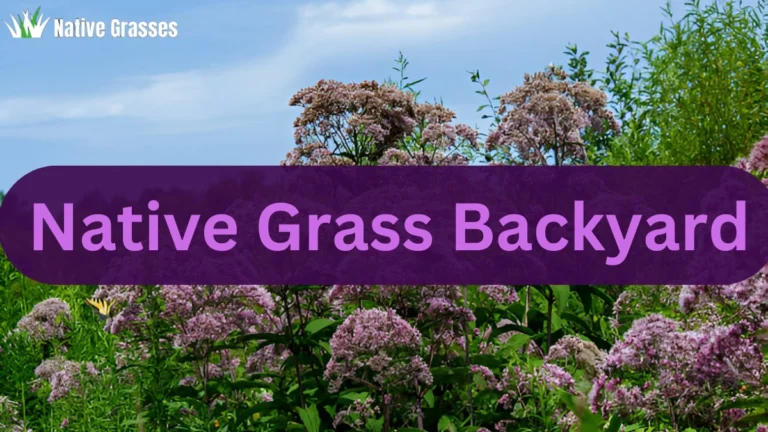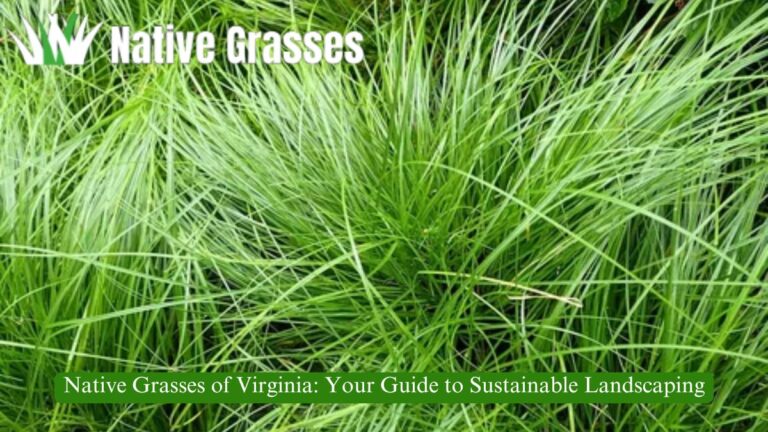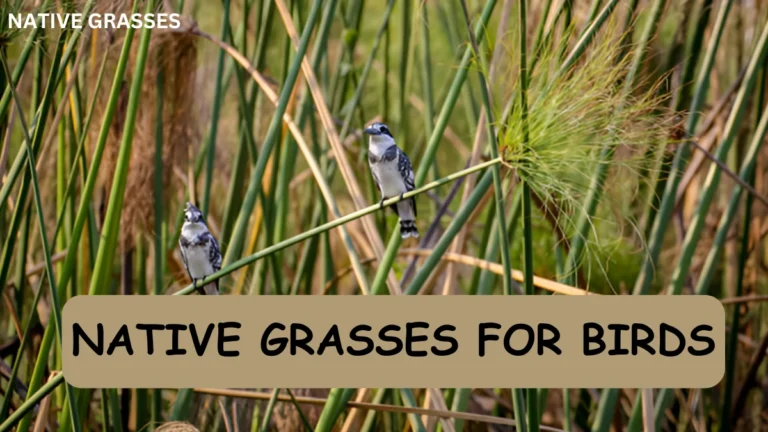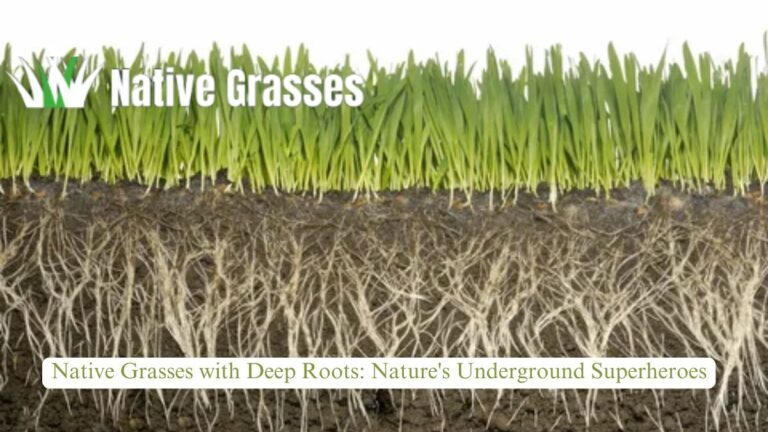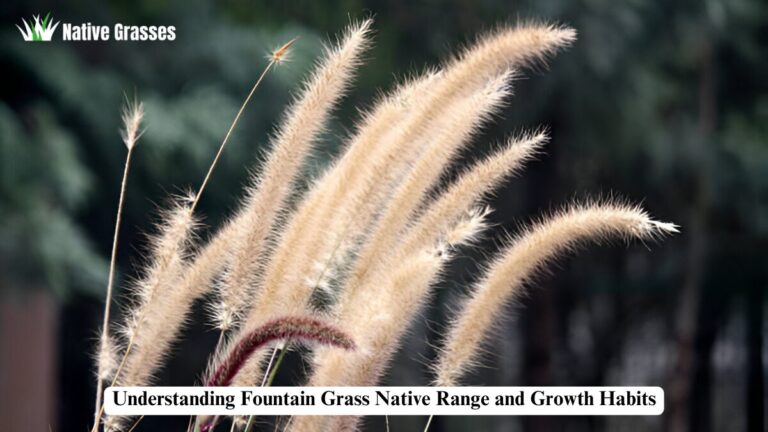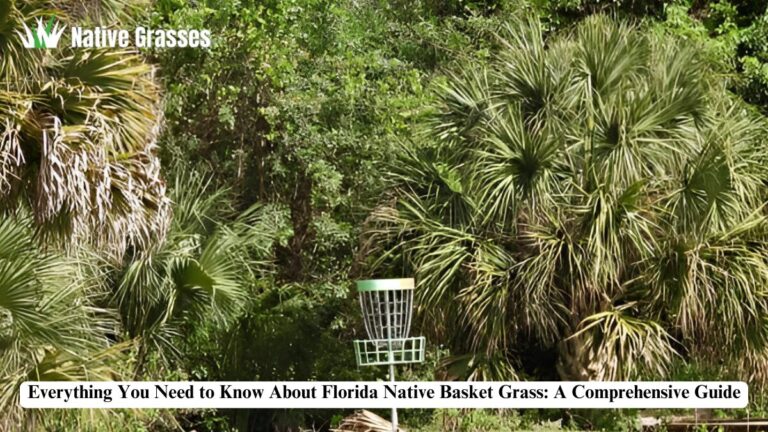Georgia Native Grass Seed: A Comprehensive Guide
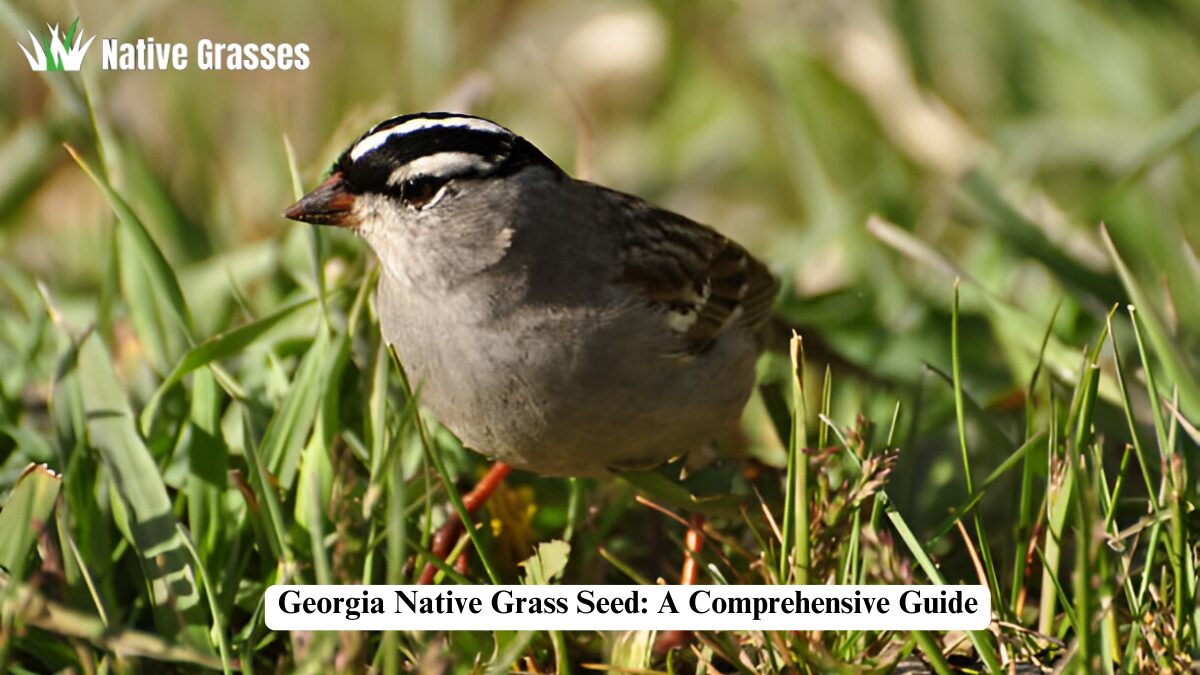
Georgia’s native grasses are vital to the state’s ecosystems, offering benefits ranging from soil stabilization to supporting wildlife habitats. Choosing the right native grass seed can make a significant difference whether you’re restoring prairies, controlling erosion, or creating biodiverse landscapes. Understanding which grass species thrive in Georgia’s unique climate and soil conditions is crucial for success.
This guide’ll explore everything you need to know about Georgia native grass seed. From selecting the right species to planting techniques and maintenance tips, you’ll gain practical insights and actionable advice to help you achieve your goals.
Importance of Native Grass Seed in Georgia
Supporting Biodiversity
Native grasses play a crucial role in maintaining ecological balance and promoting biodiversity.
- Habitat Creation: These grasses provide shelter and food for pollinators, birds, and small mammals.
- Native Wildlife: They support species that are specifically adapted to Georgia’s environment.
- Plant Diversity: A mix of native grasses fosters coexistence with other native plants.
Soil and Water Conservation
Native grasses are essential for conserving soil and water resources.
- Preventing Erosion: Deep root systems stabilize soil and reduce sediment runoff.
- Water Retention: Native grasses improve soil’s ability to retain moisture, reducing drought stress.
- Filtering Water: Grasslands filter pollutants, enhancing water quality.
Climate Adaptability
Georgia’s varying climates demand resilient vegetation.
- Drought Resistance: Many native grasses can withstand dry conditions.
- Temperature Tolerance: Adapted species thrive in Georgia’s hot summers and mild winters.
- Pest Resistance: Native species often resist local pests better than non-native alternatives.
Popular Native Grass Species in Georgia
Warm-Season Grasses
Warm-season grasses thrive in Georgia’s hot summers.
- Big Bluestem (Andropogon gerardii): Known as the “King of Grasses” for its height and ecological importance.
- Switchgrass (Panicum virgatum): Popular for erosion control and biomass production.
- Indiangrass (Sorghastrum nutans): A golden, tall grass ideal for wildlife habitats.
Cool-Season Grasses
Cool-season grasses grow during Georgia’s cooler months.
- Virginia Wildrye (Elymus virginicus): Excellent for shaded areas and stream banks.
- Eastern Gamagrass (Tripsacum dactyloides): Prefers moist soils and is great for grazing.
- Canada Wildrye (Elymus canadensis): Provides early-season forage and erosion control.
Grass Mixes
Using a mix of native species ensures year-round benefits.
- Diverse Landscapes: Supports varied wildlife and plant communities.
- Extended Growing Seasons: Combines warm- and cool-season species for continuous cover.
- Enhanced Resilience: Mixed plantings adapt better to environmental changes.
Choosing the Right Grass Seed for Your Project
Assessing Soil Type
Different grasses perform better in specific soil conditions.
- Sandy Soils: Choose drought-tolerant species like Little Bluestem.
- Clay Soils: Opt for grasses like Switchgrass that thrive in heavier soils.
- Loamy Soils: Most native grasses perform well in nutrient-rich loam.
Understanding Sunlight Requirements
Sun exposure influences grass growth and health.
- Full Sun: Species like Big Bluestem and Indiangrass require ample sunlight.
- Partial Shade: Virginia Wildrye and Canada Wildrye tolerate shaded conditions.
- Adaptable Grasses: Switchgrass grows well in both sun and partial shade.
Regional Considerations
Georgia’s regions vary in climate and terrain.
- Coastal Plains: Focus on salt-tolerant and drought-resistant species.
- Piedmont: Select grasses suited for rolling hills and clay soils.
- Mountains: Cooler areas benefit from cool-season grasses like Virginia Wildrye.
Preparing to Plant Native Grass Seed
Site Preparation
Proper preparation ensures successful germination and growth.
- Clear the Area: Remove weeds, debris, and invasive plants.
- Test the Soil: Conduct a soil test to check pH and nutrient levels.
- Amend as Needed: Adjust soil conditions with lime or compost if necessary.
Selecting the Right Tools
Using the appropriate tools makes planting easier and more effective.
- Seed Drills: Ideal for large-scale projects.
- Broadcast Spreaders: Effective for smaller areas.
- Rakes and Rollers: Ensure good seed-to-soil contact.
Timing Your Planting
Timing is critical for native grass success.
- Warm-Season Grasses: Plant in late spring to early summer.
- Cool-Season Grasses: Plant in early fall or late winter.
- Dormant Seeding: For some species, planting in winter allows natural stratification.
Steps for Planting Native Grass Seed
Seeding Techniques
Choose a method that matches your site and goals.
- Broadcast Seeding: Spread seeds evenly over the soil surface.
- Drill Seeding: Places seeds at the correct depth for optimal germination.
- Hydroseeding: Combines seed, mulch, and water for large-scale applications.
Seed-to-Soil Contact
Ensuring good contact is key to germination.
- Raking: Lightly rake seeds into the soil after broadcasting.
- Rolling: Use a roller to press seeds into the soil.
- Mulching: Apply a thin layer of straw or mulch to retain moisture.
Watering Requirements
Watering supports seed germination and establishment.
- Initial Watering: Keep soil consistently moist for the first 2-3 weeks.
- Rainfall Dependence: Native grasses often establish well with natural rainfall.
- Avoid Overwatering: Excess moisture can lead to fungal issues.
Benefits of Using Georgia Native Grass Seed
Environmental Advantages
Native grasses offer numerous ecological benefits.
- Carbon Sequestration: Deep roots store carbon, reducing greenhouse gases.
- Pollinator Support: Many grasses provide habitats for bees and butterflies.
- Reduced Chemicals: Native species often require less fertilizer and pesticide.
Economic Benefits
Choosing native grasses can save money over time.
- Low Maintenance: Reduced mowing, fertilization, and watering needs.
- Longevity: Native grasses are hardy and self-sustaining.
- Erosion Prevention: Saves costs on soil conservation measures.
Aesthetic Appeal
Native grasslands add beauty and character to landscapes.
- Seasonal Changes: Enjoy vibrant colors and textures year-round.
- Natural Look: Complements other native plants and flowers.
- Wildlife Watching: Attracts birds, deer, and other animals.
Common Challenges and Solutions
Weed Competition
Weeds can hinder native grass establishment.
- Solution: Use pre-emergent herbicides and manual weeding.
Poor Germination Rates
Several factors may affect germination.
- Solution: Ensure proper seed-to-soil contact and adequate watering.
Pest Issues
Some pests may target young grasses.
- Solution: Use integrated pest management techniques.
Table: Georgia Native Grass Species at a Glance
| Grass Species | Growth Season | Soil Preference | Sunlight Requirement |
| Big Bluestem | Warm | Loamy | Full Sun |
| Switchgrass | Warm | Clay | Sun/Partial Shade |
| Indiangrass | Warm | Loamy | Full Sun |
| Virginia Wildrye | Cool | Moist | Partial Shade |
| Canada Wildrye | Cool | Sandy/Loamy | Sun/Partial Shade |
Case Studies: Successful Georgia Projects
Prairie Restoration in Central Georgia
A conservation group restored 100 acres of prairie using a mix of Big Bluestem and Switchgrass, boosting pollinator populations by 40%.
Erosion Control in Northern Georgia
Landowners used Switchgrass to stabilize slopes, reducing soil loss by 50% within a year.
Wildlife Habitat in Southern Georgia
A farmer’s project to create quail habitats succeeded by planting Indiangrass and Little Bluestem, attracting over 30 bird species.
Conclusion
Georgia native grass seed offers an incredible opportunity to enhance biodiversity, improve soil health, and create sustainable landscapes. By understanding the unique needs of native grasses and following best practices for planting and maintenance, you can contribute to the environment while enjoying long-lasting benefits. Whether you’re managing farmland, restoring prairies, or landscaping, native grasses are a versatile and eco-friendly choice.
FAQs
What is the best native grass for erosion control in Georgia?
Switchgrass is highly effective for controlling erosion due to its deep root systems.
Can native grasses grow in shaded areas?
Yes, grasses like Virginia Wildrye and Canada Wildrye thrive in partial shade.
When should I plant warm-season grasses in Georgia?
Plant warm-season grasses in late spring to early summer for optimal growth.
How much seed is needed per acre?
Seeding rates vary but typically range from 5-10 lbs per acre for most species.
Are native grasses drought-tolerant?
Yes, many native grasses, like Little Bluestem, are highly drought-tolerant.
Can I mix wildflowers with native grasses?
Absolutely. Mixing wildflowers enhances biodiversity and adds visual appeal.
How long does it take for native grasses to establish?
Native grasses usually take 1-2 years to fully establish.
Do native grasses require fertilization?
Fertilization is often unnecessary but may be needed in nutrient-poor soils.
Are native grasses suitable for livestock grazing?
Yes, grasses like Eastern Gamagrass provide excellent forage for livestock.
Where can I buy Georgia native grass seed?
You can purchase seeds from local suppliers, agricultural co-ops, and specialized online retailers.

